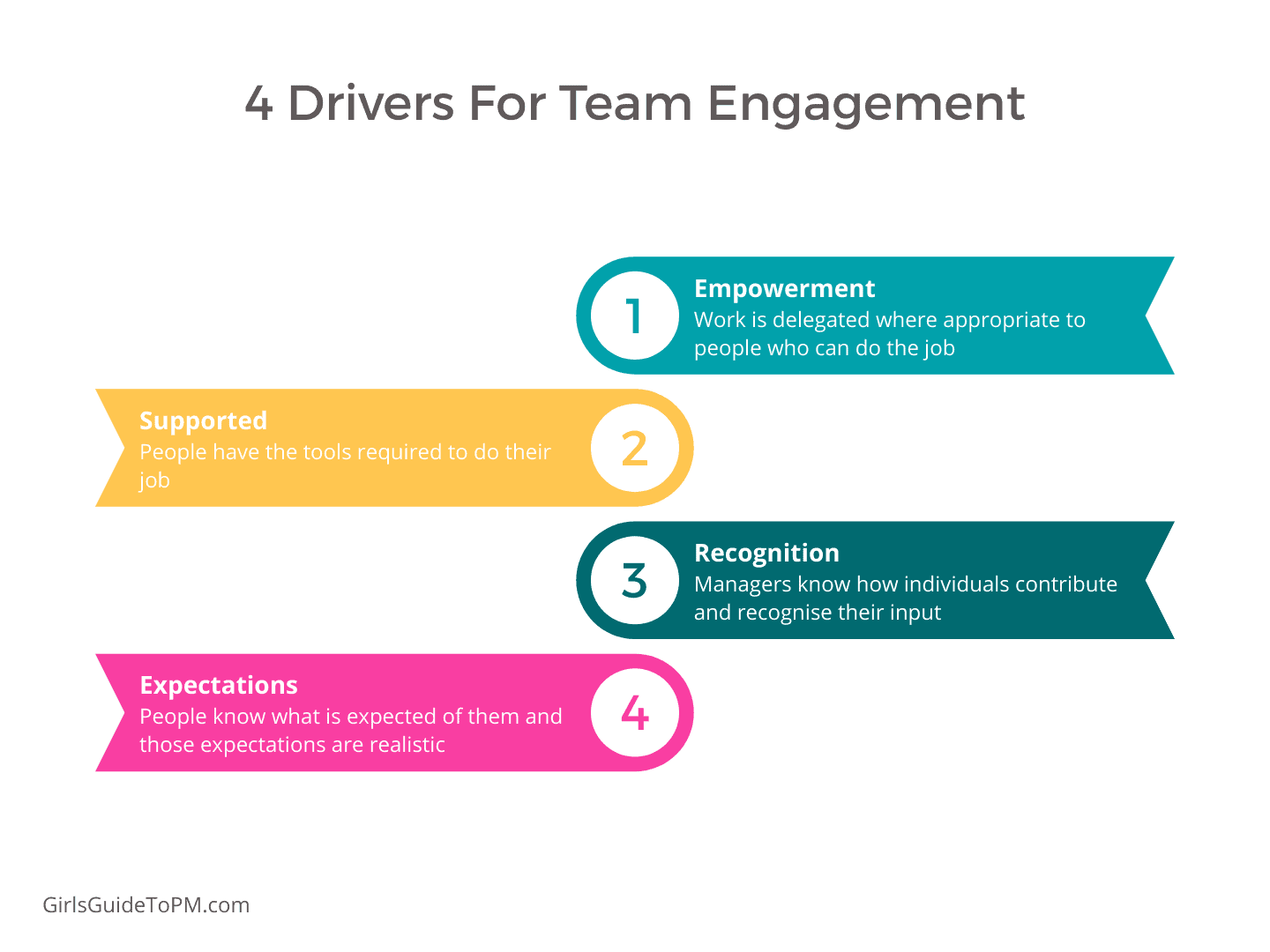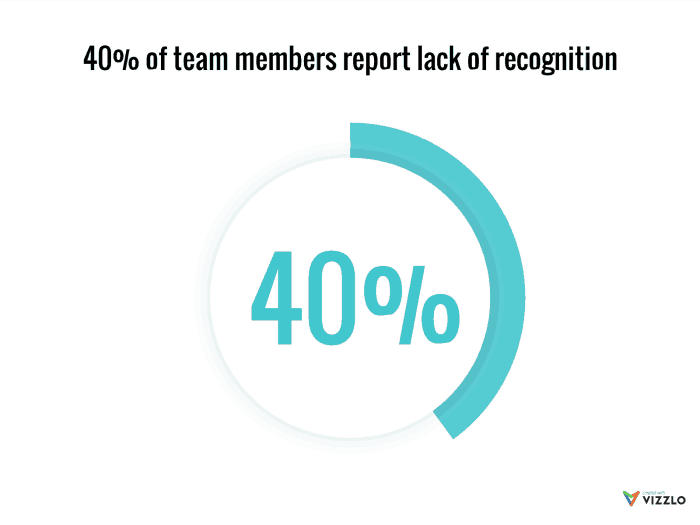4 Key Drivers For Team Engagement
This blog is reader-supported. When you purchase something through an affiliate link on this site, I may earn some coffee money. Thanks! Learn more.
I’m still constantly surprised when I hear that people work in a command and control style management hierarchy. It’s not something I’ve been part of for years and I don’t believe it works – at least not in a project management, office-based environment.
If I was a front line soldier I would probably think differently.
I talk to a lot of project managers though, and it still seems that some of them are stuck in environments where being told what to do is the norm. Or, if the project managers have some latitude about the way they manage their time and their tasks, the people in their so-called ‘team’ are still working for managers who want to micro-manage every part of their day.
The trouble with command and control is that you get project information that is untrustworthy, and you create an overly structured work environment that people don’t like.
And it’s common knowledge that happier workers get better results and are more productive.
So, what works better? Even if you don’t use strict hierarchy and command and control approaches (and I hope you don’t), understanding what drives your team to do their best work is a huge advantage.
If you want them to do their best work, that is. If you’re happy with mediocre, move along. Nothing to see here.
Here are 4 things that drive engagement in your team and should give you much better results.
1. They Are Empowered To Do What They Do Best
Delegate. Let the people doing the work do the work. That’s the easiest way of making people feel empowered. Let them make the decisions, even if you provide some oversight. You should be there to pull in the reins when necessary, not to spoon-feed them all the answers.
In order for them to be able to make the most of this opportunity you need to make sure that…
2. They Have The Right Tools
The tools to do the job are really important – whether they are collaboration-type tools to improve efficiency and teamwork, or ‘hard’ tools like scheduling software.
Give them what they need to do the job. Not having the right software installed, or not being “allowed” to have access to expensive software like Microsoft Project is another source of frustration.
Don’t let that become a reason why project team members fail to deliver on their milestones. Help them get the job done by making sure they have everything they need.

Not sure where to start? My book, Collaboration Tools for Project Managers, can help you pick the right tech for your team and get it set up quickly.
3. They Are Recognized For Their Contribution
Ever done a fantastic job on a project and then no one bothered to say thank you? It doesn’t make you feel great.
Saying thanks is easy, but actually understanding why you are saying thank you is a whole different kettle of fish.
A white paper by Workfront talks about the fact that 40% of people don’t think that their managers have an understanding of the contribution that individual team members make. 60% said the executives don’t have a good understanding of an individual’s contribution and their value.
I think they’re referring to research done by Forrester but the reference isn’t clear.

Not being appreciated is a huge source of frustration for project team members. Work often goes unrecognized. This is particularly true if you work odd hours to cope with project team members overseas, and some of the time you are working is not sitting outside the executives’ offices.
Late nights and early mornings are often required for international conference calls, and that effort can go unnoticed.
In the past I have tried to overcome this by putting a note in my calendar to say thank you to someone every week. Those calendar reminders have dropped off now and I haven’t put them back in. Rap on the knuckles for me. I need to pop them back in.
Scheduling this activity is not very spontaneous, and just because it’s in the diary doesn’t mean you’ll always do it, but at least it prompts you to think about the project team and recognize their efforts from time to time.
4. They Know What Is Expected Of Them
In my opinion, this is the thing that most undermines team engagement. If people don’t know what you want them to do, they can’t possibly do it.
Set clear boundaries. Make sure that everyone on the project team knows what their role is and how they can contribute effectively to the overall project objectives. This is not difficult to do: work with their line manager if you have to.
Once you’ve got a framework, you cycle back to the fact they are empowered to do their work. Think about asking people to tell you what they’re going to do. Then you’ll know what’s going to get done. Getting commitment from the team is better than telling them what to do.
What do you think?
This article was inspired by a presentation by Ty Kiisel at the Pink Elephant conference in Las Vegas back in 2012.
